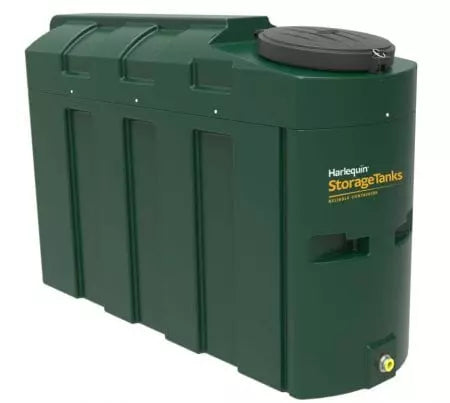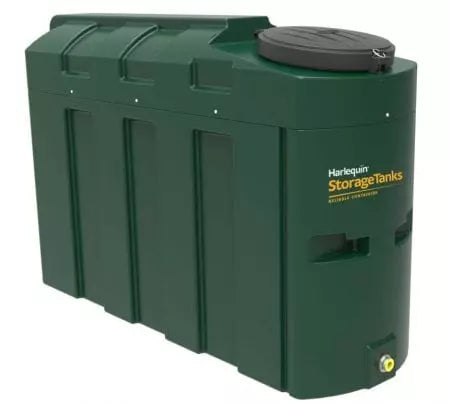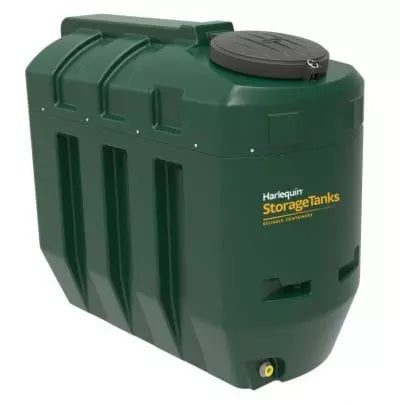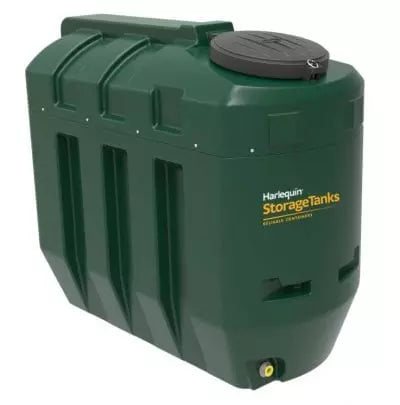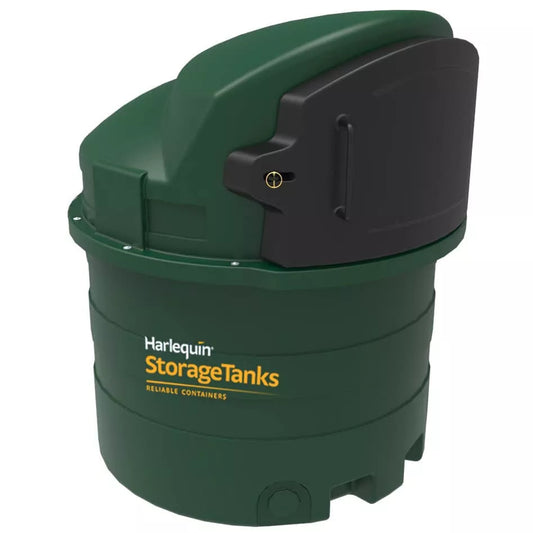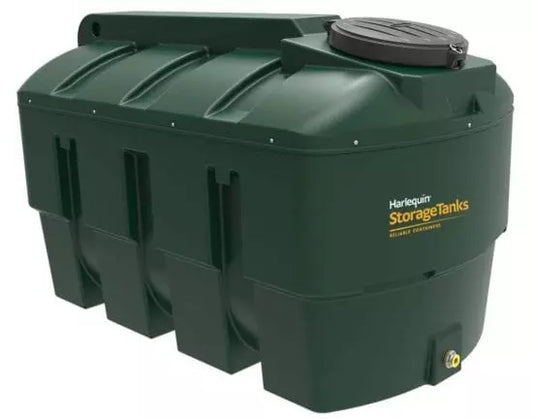The demand for our tanks has increased massively this year as more and more people have been choosing to store oil to avoid the recent price increases. Here’s our guide to choosing the best tank for you.
What size oil tank do I need?
The size of your tank will depend on your current location and how much room you have. Ultimately, the larger your oil tank, the longer you can go without refilling it.
Why do you need to know your tank size?
If you’re moving into a new home with an oil tank then you may need to find out which size tank suits you best and what sizes are available. The size of your tank will determine how much oil it can hold and therefore will impact how often you will need to refill it and the cost per refill.
What sizes are available?
Domestic oil tanks come in a range of sizes to suit your needs. They usually come in capacities between 500 litres to 10,000 litres. The size you need very much depends on personal factors, which will need to be considered before installing or replacing. If you have an existing tank you might want to replace it with the same size but if you have the space and ability to install a larger size tank, then it might be a good idea.
How do you determine what size oil tank is best?
There are are a few things to consider when replacing or installing your oil tank:
How many rooms do you have in your home?
The amount of rooms in your home will impact the capacity of the tank you need to install. It’s recommended that you have a tank capacity of 500 litres per bedroom at a minimum but there are benefits to installing a bigger tank if you have the room.
How many people live in your home?
The more people you have in your house, the quicker you will go through oil therefore the larger capacity tank you should install.
How much space do you have for a storage tank?
If you're replacing your tank you should easily be able to calculate how much room you have, however if you're moving locations there are a few things to take into consideration.
They should be:
- 1.8 metres away from non-fire rated eaves of a building or non-fire rated buildings such as garden sheds
- 1.8 metres away from openings such as doors or windows in a fire rated building such as a brick-based house or garage
- 760 millimetres away from any non-fire rated boundaries such as a wooden fence. (Non-fire rated means materials or items that haven’t been tested or proven to reduce or inhibit fire spread)
- 600 millimetres from any foliage
If you have identified a space, the other things you should consider are:
How can we help?
We supply a range of oil tanks, including bunded oil tanks, waste oil storage, slimline oil tanks and single skin tanks to suit your needs and budget. Give us a call today to speak to one of our experts on 0121 351 3230.
Alternatively, fill out our enquiry form:






